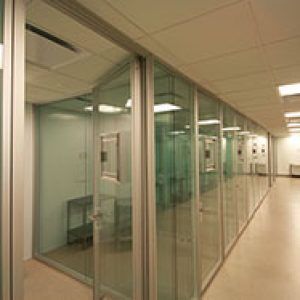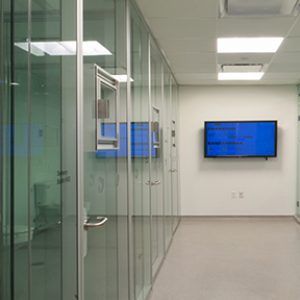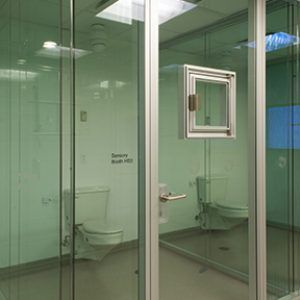Why Sensory Evaluation Booth Design Matters 2017-06-24
By James T. Farrell, AIA, PMP, LEED APThe month of June has been unusually busy with requests for information about Sensory Evaluation Booth Design. Since we completed our first Sensory Evaluation Booth project in 2010 we have spoken with a dozen fragrance manufacturers and end users about the challenges of sensory evaluation in product comparison and new product development. Unfortunately, many of the existing booths we have seen do not provide adequate repeatable testing environments.
I started my career designing laboratories and manufacturing facilities for the pharmaceutical industry. This experience provided an excellent foundation for the projects we complete for the Flavor and Fragrance Industry, giving us a broad understanding of GMP Manufacturing and controls in the design of facility. 
When designing sensory evaluation booths, one of the most important lessons we learned comes from our colleagues in the Validation Group. The Validation Group develops protocols for commissioning and testing of new pharmaceutical facilities. A cornerstone of validation is repeatability. Does your process do the same thing, the same way, every time? Each booth must perform exactly the same way each time, his is critical to the evaluation of fragrances. In addition, each booth must perform the same as all the other booths in the facility. The volume of air, temperature and flow rates all affect the testing. For accurate testing, you must be able to control saturation and dispersion of fragrances to insure consistent comparison between products.


I believe the Flavor and Fragrance industry overlooks this concept. When we developed the first sensory evaluation booth design package, a primary focus was the ability to conduct tests of different products under identical conditions. Working with Evaluators for last 15 years, I have learned two important things. First, I don’t have the skill or knowledge to be an evaluator, but more importantly, very small quantities of rogue odors, and very small changes to the environment, have a very large impact on their work. This is why the design and construction of sensory evaluation booths is critical.
Key Components to Consider in the Design of Sensory Evaluation Booths
Materials of Construction. Must not off-gas after construction Must not absorb odors Easily cleanable Ventilation Design Filter incoming air to remove odors Prevent cross contamination between adjacent booths Design proper airflow to circulate fragrances in the booth Maintain a differential pressure between the evaluation corridor and the booths Automation and Controls Each booth must be design to run in multiple modes depending on the test Controls system must be able to independently control all the evaluation booths Toilet/Shower Booths should engage on a set schedule
Farrell Partnership is a leader in the design and construction of product development and manufacturing facilities for the Flavor and Fragrance Industry.